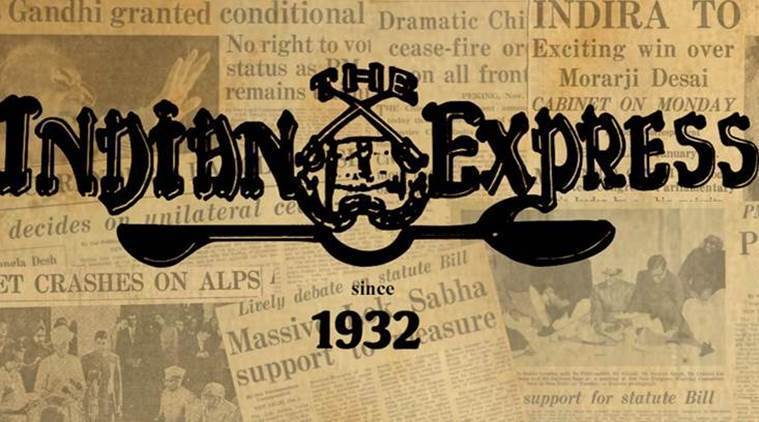 Both countries have decided to expand the engagement between the armed forces relating to training, joint exercises and other professional interactions.
Both countries have decided to expand the engagement between the armed forces relating to training, joint exercises and other professional interactions.
A year after the resolution of the gravest border crisis in recent times between India and China at Doklam, come signs that things between the two Asian neighbours are finally moving back to normal. The march towards normalcy started with the SCO summit last September and got an impetus with the informal summit between Prime Minister Narendra Modi and President Xi Jinping in Wuhan in April. With the four-day visit of Chinese Defence Minister General Wei Fenghe to Delhi last week, and his discussions with his Indian counterpart, the two countries seem to have arrived at a path which will minimise chances of a major conflict and prevent differences from becoming disputes. General Wei’s delegation comprised top officials from the Central Military Commission, the highest military decision-making body, and the Western Theatre Command, which is responsible for the entire Chinese border with India.
Both countries have decided to expand the engagement between the armed forces relating to training, joint exercises and other professional interactions. Both sides have also decided to work towards a new bilateral Memorandum of Understanding (MoU) on defence exchanges and cooperation to replace the earlier MoU signed in 2006. In their meeting last week, the two ministers also agreed to work towards full implementation of the ongoing confidence-building measures along the disputed border, a lesson from the Doklam crisis. This is based on the strategic guidance provided to the two militaries by Modi and Xi, after the Wuhan summit, and will involve working out SOPs and mechanisms to avoid tensions between soldiers on the disputed border. This will be achieved by having greater interaction at lower levels — at unit and brigade level — an idea which came from the Chinese. Officials will now work out a standard protocol for these meetings, which should then allow the two sides to deal with Doklam-like situations with restraint and maturity.
But India and China have still not been able to operationalise a hotline between the two armies, even as Indian attempts to upgrade border infrastructure continue to raise Chinese hackles. Reports suggest that Chinese soldiers continue to occupy parts of Doklam, and the ghost of 1962 continues to drive India’s mistrust of China. Beijing has also been courting India’s neighbours in South Asia, thereby diminishing India’s area of influence and causing anxieties in Delhi. But the biggest elephant — or dragon — in the room is the disputed border between India and China, which shows no signs of resolution even after scores of rounds of talks between diplomats of the two countries. The two Asian neighbours need to find a way to move forward on the border dispute if, as PM Modi put it, India-China relations are to be a factor of stability in the world.